An engaging article exploring the origins of this delicate art form in Italy and its rise in popularity as a collectible in the 20th century
Spun glass, with its delicate, ethereal beauty, evokes a sense of wonder. It looks like frozen lace, impossibly fine and intricate. While it might seem like a modern innovation, the art of drawing glass into fine threads has a history as rich and old as glassmaking itself, with a particularly enchanting chapter in Venice and a surprising resurgence in the 20th century.
Ancient Origins and Venetian Mastery
The concept of spinning glass is not new. Early forms of glass threads were created even in ancient times, primarily as decorative inclusions in other glass objects. However, it was in Venice, specifically on the island of Murano, that spun glass truly began to flourish as a distinct and celebrated art form.
During the height of Venetian glassmaking dominance in the 16th and 17th centuries, Murano glassblowers were fiercely secretive about their techniques. Among their many innovations was vetro a filigrana (filigree glass) and vetro a reticello (netted glass), which involved incorporating delicate glass threads into solid pieces.
The more direct precursor to what we now recognize as spun glass art was the creation of “spun glass wool” (vetro di Boemia or filato di vetro) used for insulation and early forms of filtration. But the Venetians also mastered the art of drawing extremely fine, hair-like strands of glass, often by hand. A skilled artisan would heat a glass rod, touch it to a rotating wheel (or even another heated rod), and draw out incredibly long, fine filaments. These threads were then painstakingly formed into intricate shapes, often incorporating tiny glass beads, flowers, or animals.
This incredibly labor-intensive process resulted in delicate, often fantastical creations that were highly prized. Birds, gondolas, flowers, and even elaborate landscapes were meticulously crafted. These pieces were fragile and expensive, reserved for the wealthy and displayed as symbols of exquisite taste and artisan skill.
The Victorian Era and Beyond
While Venetian spun glass continued to be admired, the craft saw broader interest during the Victorian era. Advancements in technology made glass production more accessible, and there was a renewed fascination with intricate, decorative objects. Spun glass found its way into Christmas ornaments, often depicting angels with gossamer wings, and delicate floral arrangements. These pieces, though still fragile, were produced in larger quantities and became popular gifts.
However, the true “boom” for spun glass as a popular collectible, particularly in the United States, came in the mid-20th century.
Mid-Century Marvels: A Collectible Craze
Following World War II, there was a significant shift in consumer tastes and manufacturing capabilities. The post-war economic boom and the rise of mass production techniques allowed for new interpretations of classic crafts. Spun glass, though still requiring skilled handwork, benefited from improved tools and materials.
It was during this period, roughly from the 1940s through the 1960s, that spun glass experienced its greatest surge in popularity as a decorative collectible. Companies, particularly those in Eastern Europe (Czechoslovakia, Germany, Poland) and Japan, began producing a wide range of spun glass figurines and ornaments for export.


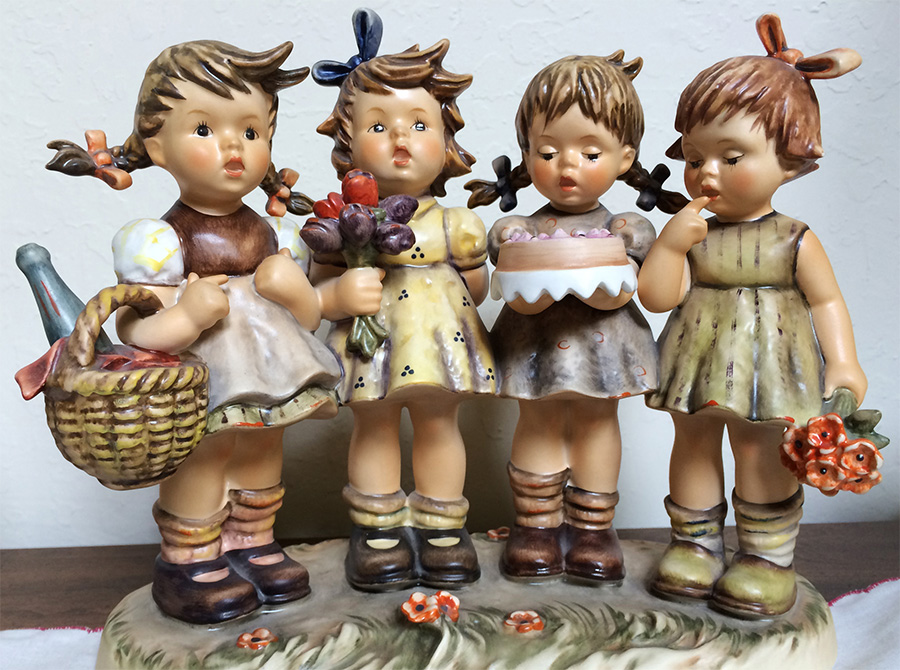
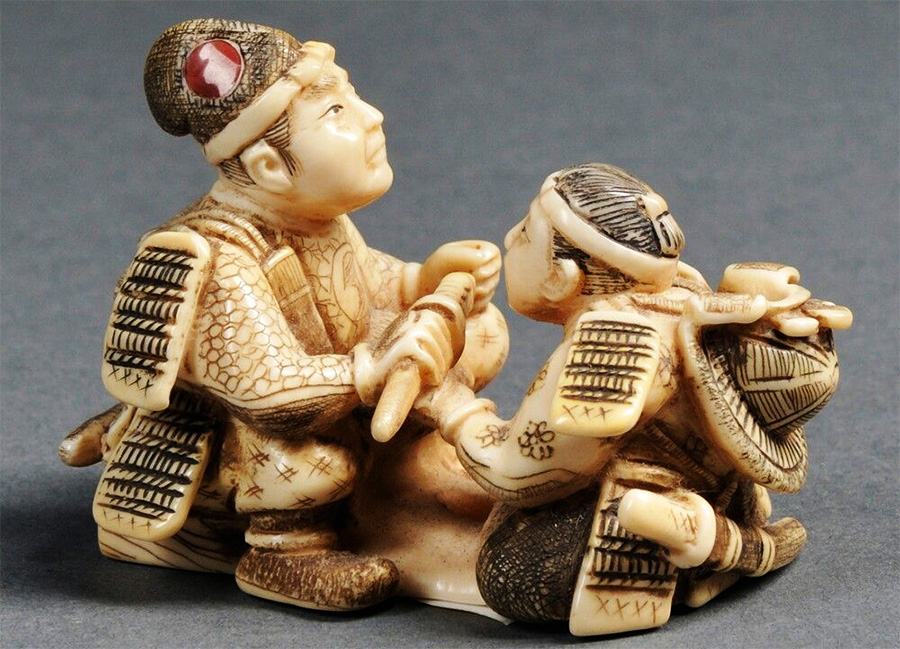
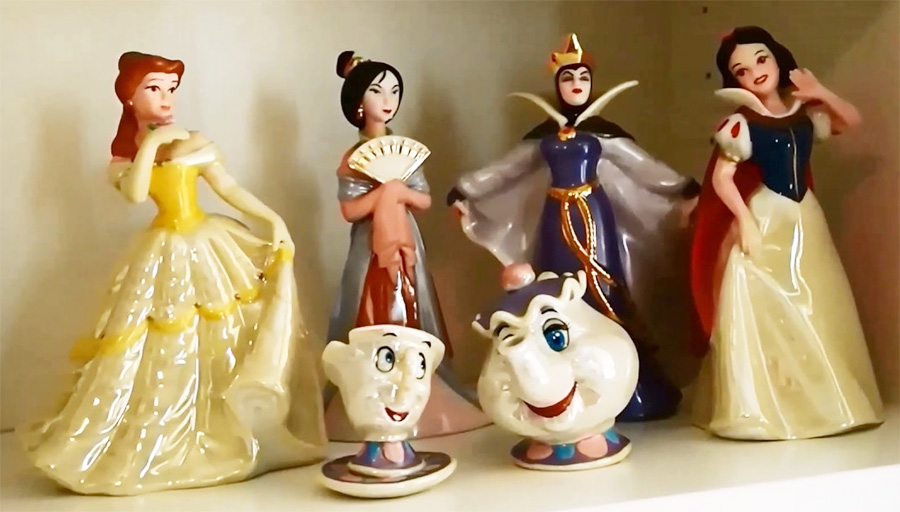
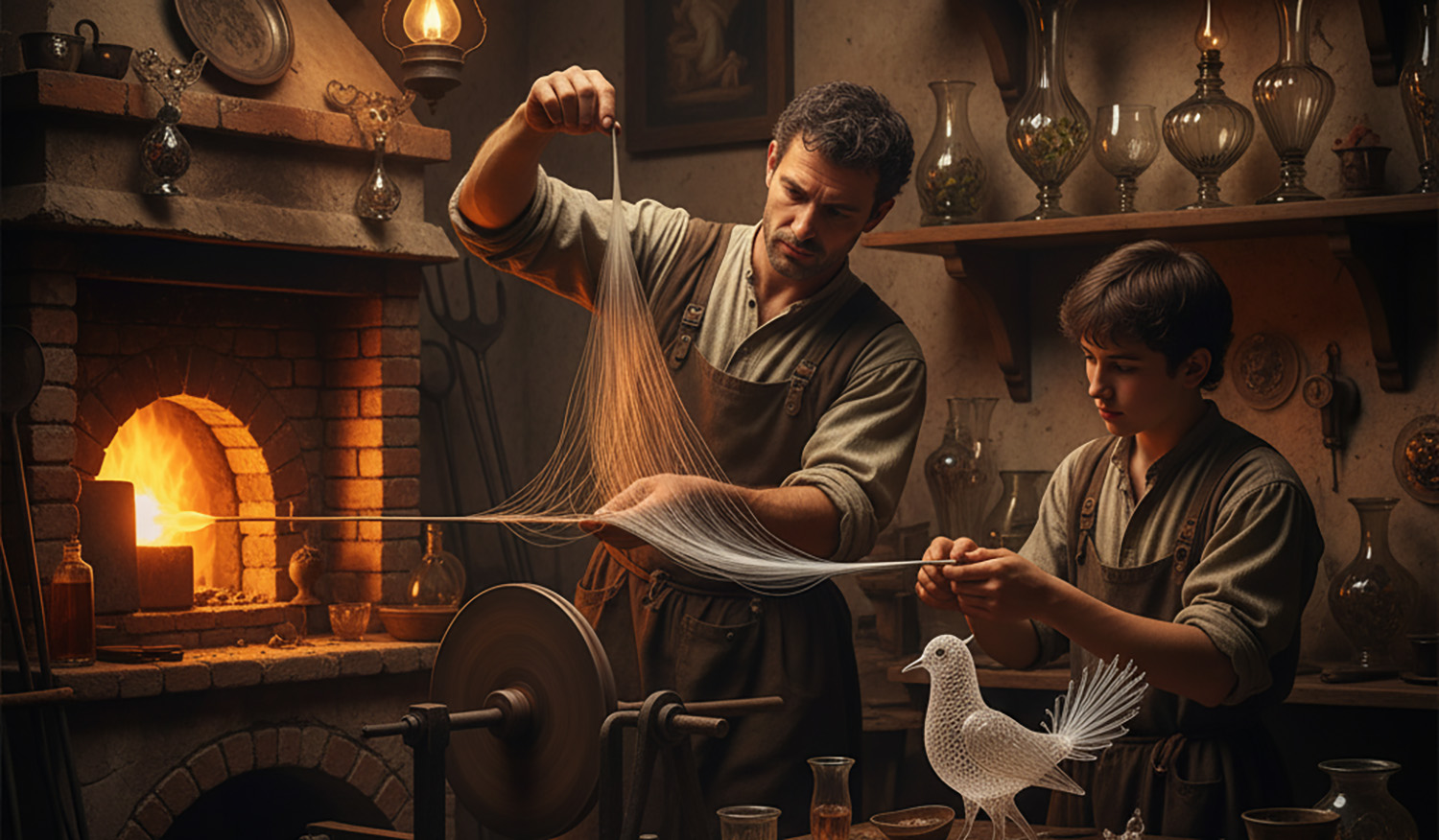
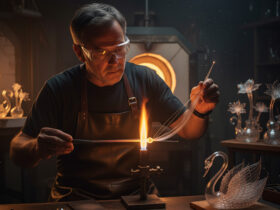
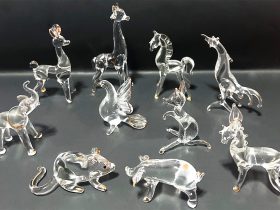
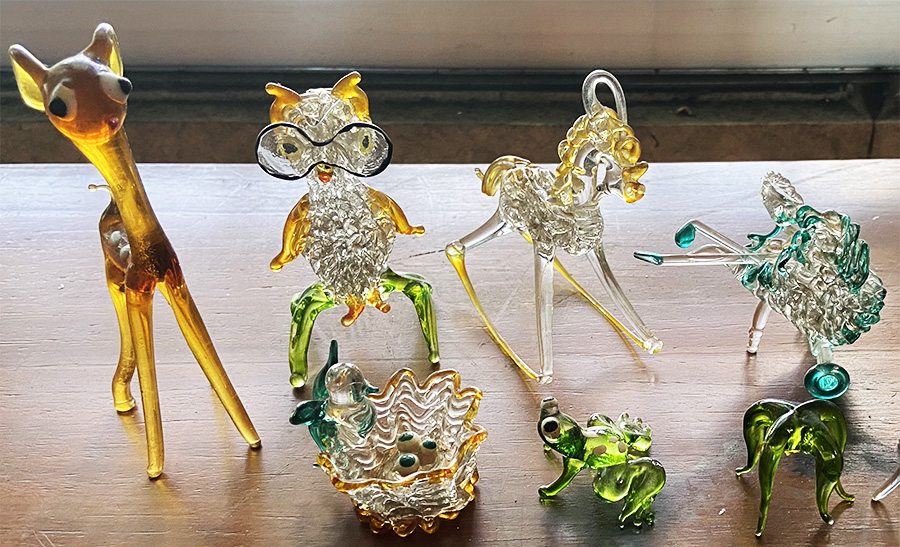
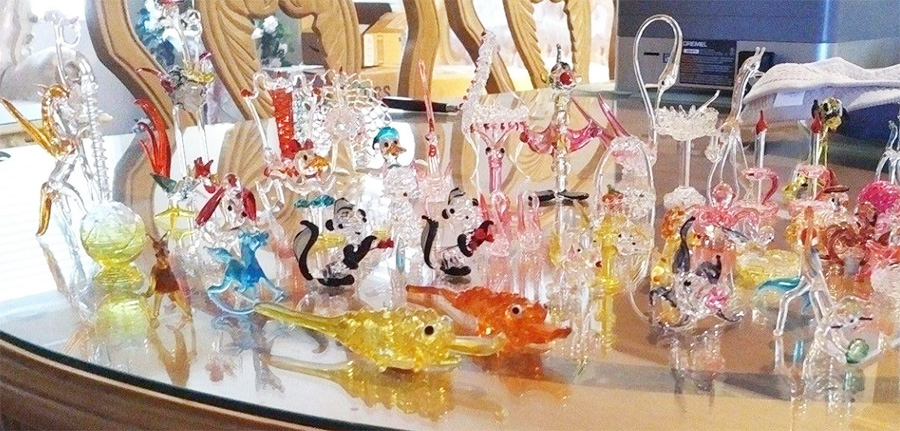
Leave a Reply